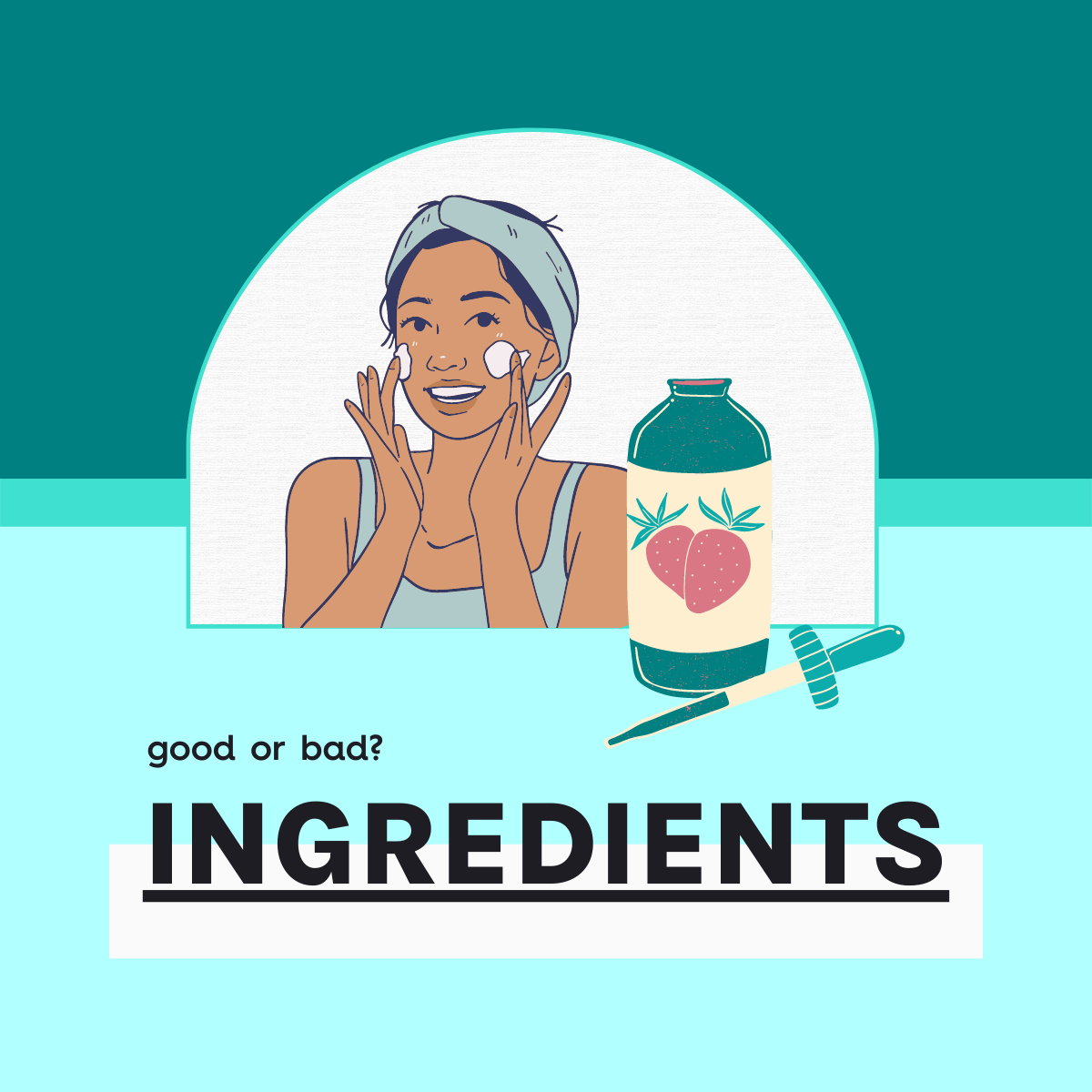We live in a world where everyone owns a voice. Nowadays, social media isn’t just all about connecting and having fun via platforms like Facebook, Youtube, or Instagram anymore. It is where people turn to express their feelings, thoughts, and quips on their daily life, from each of the positives to the smallest unnerving bad experiences of online shopping.

At least one person leaves a bad review on a virtual shop every day, and skincare brands are definitely not an exception. All too often, we have witnessed shoppers venting out in exasperation after buying a certain item that did not work well on their skin due to the presence of preservatives, plant oils, effective vitamins, and the like. Every single bad effect points towards their own allergies to a specific ingredient inside the formula.
From all of the countless past studies that we have seen, we can assure you that no matter how gentle an ingredient claims to be, there is always the tiniest chance that it can still irritate the skin a little too much. Even the long-known soothing aloe vera has been deemed as an allergen for many. However, we believe in the fairness of all things and have always stood firm to never judge an ingredient’s reliability solely based on one’s personal experience. After all, everything happens for a reason and there are many ways for you to understand how an ingredient can affect your skin.
Ingredient VS Formula
Let’s look at this simple scenario. Mei had just finished touching up her face with a serum that she had purchased online not too long ago. After a few minutes of post-skincare routine, she sensed that her skin felt somehow irritating and had started to show great signs of sensitization. Mei then wasted no time checking the product’s front label and is quick to take notice that it comprises a high concentration of vitamin C. She made a move to reach for her phone, looked up vitamin C on Google, and saw that it is quite well-known for its acidic properties which tend to irritate the skin. Mei eventually came to the conclusion that vitamin C is the culprit of her current state and vowed to never buy a product containing it ever again.

What Mei doesn’t know is that vitamin C is only a small part of the formula and may be contributing to just a tiny fraction of her irritated skin. A product is commonly made up of many elements in order for it to work; functional ingredients, thickeners, emulsifiers, stabilizers, pH adjusters, solvents, texture enhancers, preservatives, and many others. The name XXX Vitamin C Serum does not imply that the product is made up of a hundred percent vitamin C alone. Basically, other factors such as irritants, the formulations, or even the way Mei wielded the product could be the cause of her inflamed skin instead. Remember, a single dose of ingredient does not determine how the whole formula works.
Factors an Ingredient May Be Irritating For You
How does an ingredient affect your skin? Every ingredient possesses different potency and sensitivity in various formulations. There are many factors that play a huge role in deciding how an ingredient can influence the skin, from its quality, concentration, the delivery system, to even the final textures. These are what you need to know about each of them:

Concentrations
Take our BHA or salicylic acid as an example. Your extra sensitive skin may not be able to tolerate 4% BHA, but it can still function well with the lower concentrations of 2% or 1%. Therefore, it is unwise to sentence BHA as the antagonist alone when your skin really just cannot tolerate ingredients in higher concentrations.
Textures
Product textures play a huge role in this specific subject too. For instance, a cream and a gel product may both contain the same percentage of BHA, but that doesn’t necessarily make them equal. The cosmetic science technology is really complex and includes a lot of ‘playing’ with formulations in order to allow certain ingredients to penetrate the skin in certain ways. Due to this, it is possible for cosmetic chemists to make liquid textures stronger than gel’s or vice versa, even if they both come with the same concentration and quality.
Delivery Systems
It is a known fact that every skincare brand is made up of various cosmetic chemists, meaning the way they formulate a product may totally be at odds with each other despite it being something with similar functions. We have seen the evidence of this from how our consumers love comparing the products that they used, where they noticed a huge difference between two skin essentials containing the same main ingredient. One of our remarkable stars that is always on the receiving end of attention would be The Ordinary’s AHA 30% + BHA 2% Peeling Solution. A lot of our shoppers have expressed their admiration for this specific facial treatment after gotten out of using a product with similar exfoliating ingredients from another brand that left their skin severely red, itchy and flaky. Upon our own closer inspection, it did not escape our notice that the brand used a high concentration of cheap denatured alcohol as the solvent in their formula, which painfully stings and harshly tears sensitive skin. Basically, two products with the same ingredients, texture and a certain concentration will still perform differently if they come from different makers who incorporated different ways of delivery systems.

Method of Application
Finally, the way you apply a product to your face is another real game-changer that will determine how your skin react to the ingredients. For someone with sensitive skin, using an exfoliator directly after the cleanser will definitely elicit mild redness or itchiness to the face. One way to solve this issue is by applying a toner before the exfoliant, where it will act as a soothing buffer and effective barrier between your skin and the light irritants. This is why it is important to have a nice skincare routine and to always know what products work well together.
How to Find Out If an Ingredient is Irritating for You?
When it comes to skincare, the most important thing always goes down to experimenting. You will never know if the product is a perfect match for you unless you use it and observe the stunning changes by yourself. There is a common thing known as allergy skin tests where people try out raw ingredients directly on their face to check if their skin is reactive to it in any way. So if you are unsure about your sensitivity towards a specific ingredient, always make time for a quick allergy skin test or allergic blood test for a real fact-check.

As a team of cosmetic science geeks that is dedicated to exposing the truth behind skincare, we are often heartbroken when witnessing shoppers jumping to quick conclusions on amazing ingredients like retinol, hyaluronic acid, niacinamide, L-ascorbic acid and the like. All simply from a brief personal experience with a single product, which is why we strive to enlighten everyone about the other factors that play a big part in this case too. At the end of the day, there is always more to the story than what meets the eye. The next time your face reacts badly to a product, remember to go over the four major factors and you will eventually know whether the ingredient is bad for your skin.
Your Sharing: Have you ever done a skin allergy test before?


